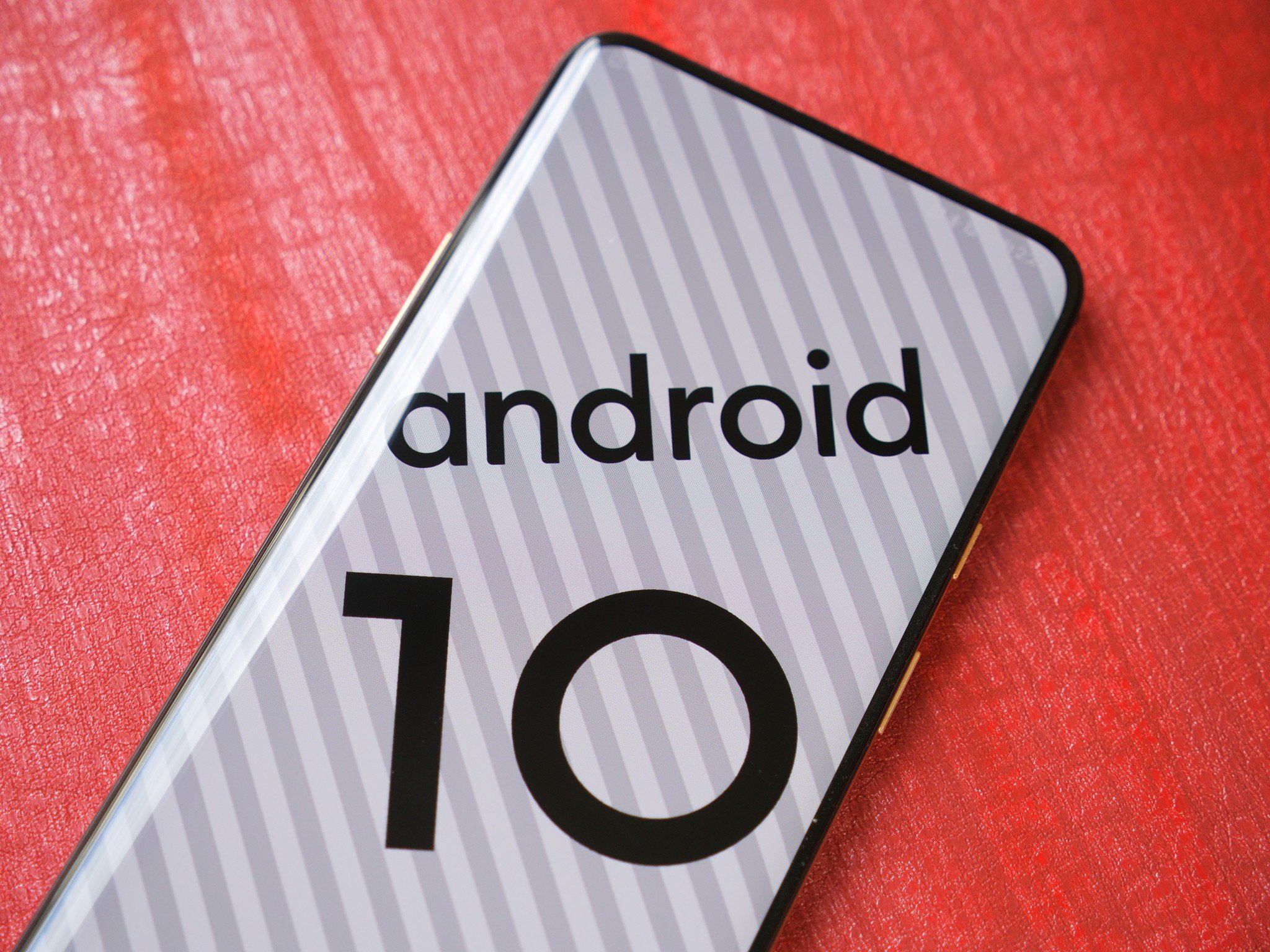Android 10 features you'll love: Better support for foldables

Foldable phones are here. With companies like Samsung and Huawei leading the charge, expect to see phones and other devices that transform from one smaller display into one or more larger displays from just about every one of Android's hardware partners. Some of them will be great, others may not, but they all will depend on one thing: support from the operating system.
That's coming with Android 10. As part of a larger feature that already exists called Screen Continuity, Google is trying to make sure the experience you see across folding devices is comparable to how Android works on phones today. that means each company that builds a device can customize much of the experience and user interface, but the basic operations are the same from device to device.
With a foldable screen — whether that means a single large screen or two seamlessly paired screens doesn't matter — there are a couple of important features Google wants to give developers so that they can leverage both screen sizes. This is important; Google understands that it can determine the mechanics and that will allow developers to spend more resources on finding creative ways that make us want to use their apps on a foldable display. This is how great ideas end up in the phones we use, and something Google is very good at doing; "stock" Android comes with a handful of indispensable features that software from the companies which make phones fine-tunes to make great.
Google needs to do the heavy lifting so developers can focus on making great apps.
The biggest foldable feature Google is supporting in Android 10 is to allow us to start an app in one screen configuration and have the app seamlessly change to the other. That means you can open Facebook on the smaller single display, then open your foldable phone and have the large screen experience without any hiccups. This is done the same way changing the window size on a tablet or Chromebook is, which many users can tell you needed a lot of work.
Thankfully, it appears that things have gotten a lot better on this front. During the Google I/O 2019 developer session about foldable support, Gameloft's Ian Lohe Chung talks about how they built the Asphalt 9 app for Android with the new foldable support. the company stopped trying to develop for any specific screen configuration, instead opting to build for what it calls "Device Unknown." the designers focus on how everything looks on an assortment of display configurations, and the "grunt work" of how things are changed is left to the game engine and Android's display manager.
Foldables are an all-new category of device with all-new features and pitfalls from a developer point of view.
There are more features you would want to see in a large display, of course. One important one is being able to run more than one app at a time, which Android does with the multiwindow and picture in picture display functions. Functionality like drag and drop for both text and images, or determining how an app comes back into focus when more than one is displayed on the screen is made easier in Android Q because of the changes made for foldable devices, as are changes that let developers decide how their apps work when they are placed on a secondary display.
Foldable phones are a big change for developers, and it's important that Google build in a generous amount of support for that "grunt work." Hopefully, these changes mean that companies which build foldable devices won't have to try and do it themselves, which leads to a disjointed ecosystem where applications behave differently depending on which device is used to run them. 2019 is going to be full of experiments when it comes to building apps on phones that fold. Hopefully, they turn out to be great
Be an expert in 5 minutes
Get the latest news from Android Central, your trusted companion in the world of Android

Jerry is an amateur woodworker and struggling shade tree mechanic. There's nothing he can't take apart, but many things he can't reassemble. You'll find him writing and speaking his loud opinion on Android Central and occasionally on Threads.

